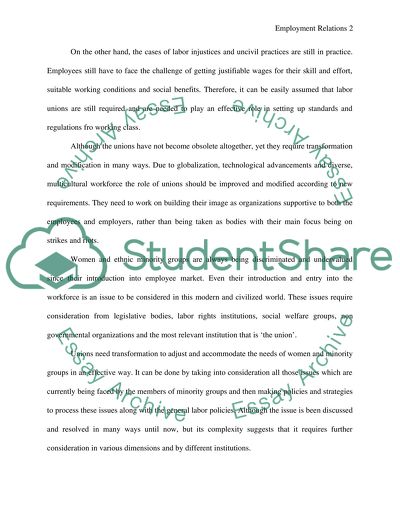Cite this document
(“Employment relations Essay Example | Topics and Well Written Essays - 2250 words - 1”, n.d.)
Retrieved from https://studentshare.org/human-resources/1415484-essay-for-employment-relations
Retrieved from https://studentshare.org/human-resources/1415484-essay-for-employment-relations
(Employment Relations Essay Example | Topics and Well Written Essays - 2250 Words - 1)
https://studentshare.org/human-resources/1415484-essay-for-employment-relations.
https://studentshare.org/human-resources/1415484-essay-for-employment-relations.
“Employment Relations Essay Example | Topics and Well Written Essays - 2250 Words - 1”, n.d. https://studentshare.org/human-resources/1415484-essay-for-employment-relations.


